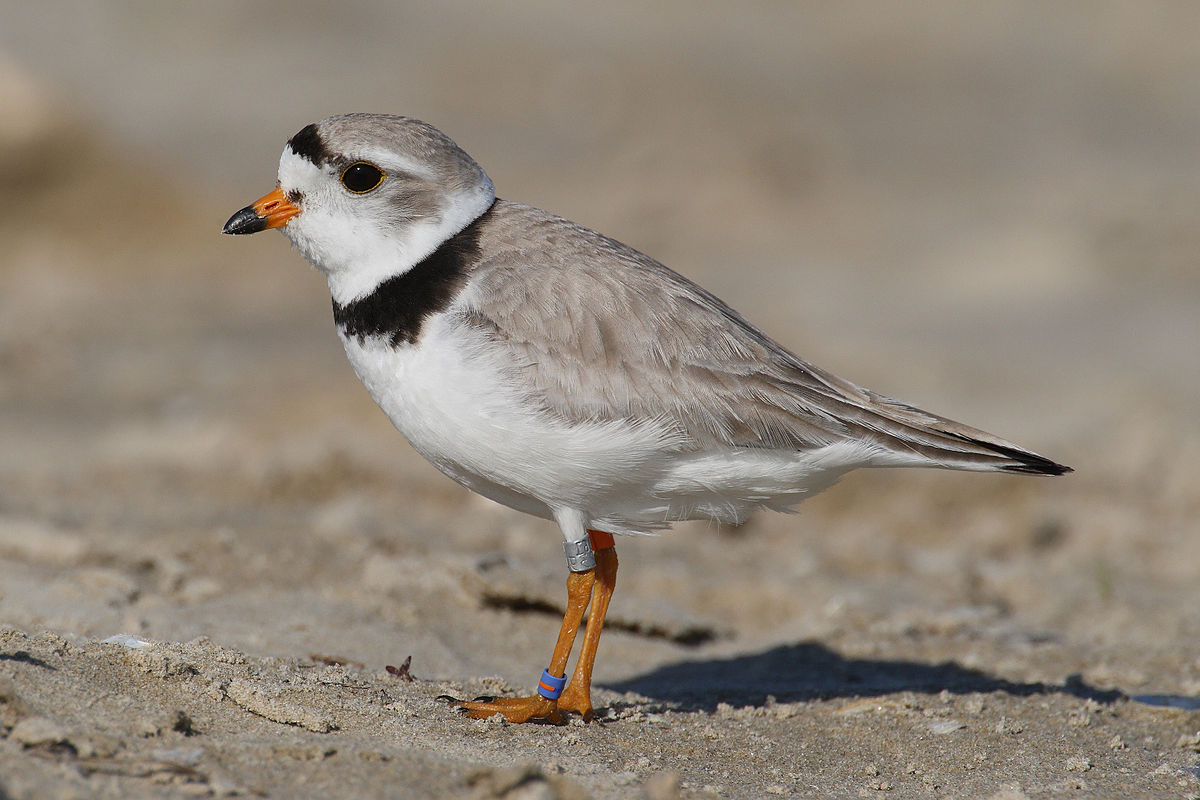Offer
Provide additional details about the offer you're running.
Provide additional details about the offer you're running.
Provide additional details about the offer you're running.

Feature Image By Mdf (Own work) [GFDL (http://www.gnu.org/copyleft/fdl.html) or CC-BY-SA-3.0 (http://creativecommons.org/licenses/by-sa/3.0/)], via Wikimedia Commons
Each spring, these birds migrate north to Canada’s east coast provinces to breed and nest, but unfortunately are at the mercy of a variety of natural threats like foxes, crows and minks. These small birds also have trouble with inclement weather, as severe weather and storms can destroy nests and their young.
In addition to the eastern coast of Canada, piping plovers can also be found in southern Saskatchewan and parts of Manitoba, Alberta, Montana, North Dakota, South Dakota, and Nebraska.
Just this past week, the province of New Brunswick along with the Nature Conservancy of Canada announced the completion of six new conservation projects in the province’s Tabusintac and Neguan bays. These vast stretches of salt marsh and woodlands now represent protected areas as many of the beaches and sand dunes around these bays are ideal breeding habitats for not only piping plovers, but a variety of other bird species as well.
Parks Canada is another organization stepping up to aid in recovering the populations of these shorebirds. In nearby Prince Edward Island, Parks Canada works closely with the Island Nature Trust and the Canadian Wildlife Service to coordinate recovery efforts and report on sightings of piping plovers and their nesting sites.
In addition to new areas being mapped out as conservation zones, other management measures come into effect during the spring and summer months to further protect these birds. Beach closures and prohibiting domestic animals from those beaches during the spring and summer are just a few other measures being taken to protect these birds, their nests and chicks.
High Quality Blend